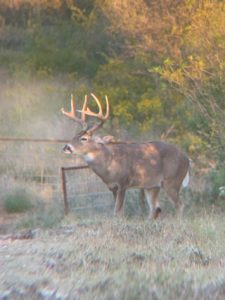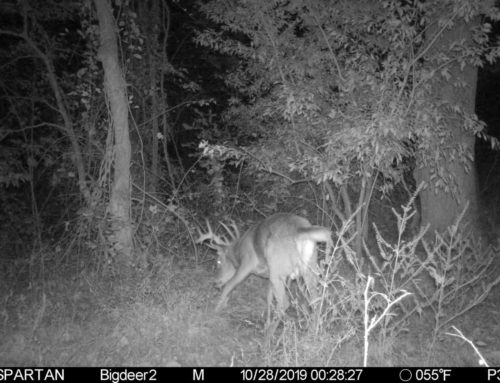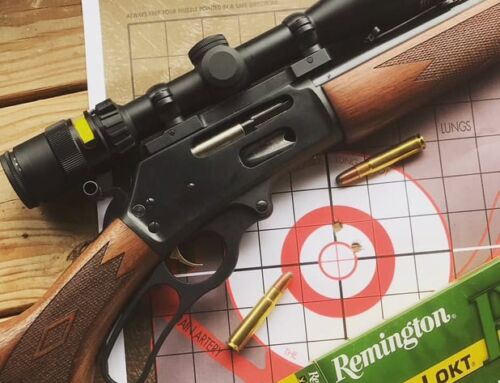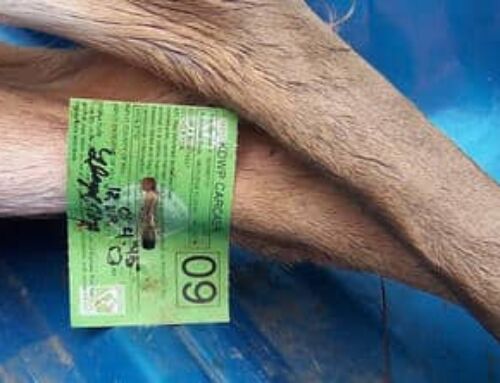 Scouting and glassing…setting out cameras…hanging stands…shooting the bow over and over. That grunt work is essential, but it is easy to get so consumed with it that you forget to exercise your brain. It is just as important, perhaps more so, to learn where bucks feed and bed now, and where they will continue to hang out when your bow season opens in a few days. That knowledge might help you tag out early. But even if you don’t, it lays groundwork for shooting a good buck later in the season.
Scouting and glassing…setting out cameras…hanging stands…shooting the bow over and over. That grunt work is essential, but it is easy to get so consumed with it that you forget to exercise your brain. It is just as important, perhaps more so, to learn where bucks feed and bed now, and where they will continue to hang out when your bow season opens in a few days. That knowledge might help you tag out early. But even if you don’t, it lays groundwork for shooting a good buck later in the season.
Science reveals that the living quarters of mature whitetail bucks are relatively small, especially on properties with good food sources. In a study, researchers from North Carolina State University fitted adult bucks with GPS tracking collars and found that their home ranges averaged around 400 acres in late summer through early October. A similar project conducted at Auburn University tracked 37 collared bucks on a 6,000-acre property in the south. It showed that the home ranges of 2.5- to 4.5-year-old bucks averaged only 300 to 400 acres. One mature buck in that study lived entirely within 108 core acres in late summer and early fall. So if you’ve seen a big buck comin to a bean field for a few weeks, or if you’re getting camera images of a heavy and wide 8-point, you can figure he is bedding close by, within a few hundred acres, and he will likely around come the bow opener.
Find the Food Sources
Biologists note that in late summer and early fall, whitetails are genetically programmed to use the core portion of their range that is nearest a nutritious food source and with thick, secluded bedding cover close by. This way bucks pile on the pounds (up to 20 percent of their body weight now through the end of September) while only moving short distances.
Finding a shooter now is all about zeroing in on the best feed. The top four: alfalfa, soybeans, clover and corn. If you have any of these fields on your land, or if the crops are planted on nearby neighboring properties, you will have bucks to hunt in your area.
It’s one thing to glass and pattern bucks that come to feed in alfalfa or bean fields on late-summer evenings. But setting up to put an arrow into one of those big deer when the season opens is not so simple. Even though they have not been hunted for a year, mature bucks are unpredictable, and many are largely nocturnal even early in bow season.
Take, for example, a 4 .5-year-old buck that South Carolina researchers tracked in a study several years ago. The deer set up in a core area where he only had to move ¾ of a mile to eat in a soybean field. Data showed he never got to the field before 9 p.m., and he was always back in bed before sunrise next morning.
There would be only one viable option to trick a buck like that– squeeze in tight to his bedding area. “Although he never approached the bean field before dark, the buck was typically up and moving back in the cover 30 minutes before the end of shooting light,” one researcher said.
When you hunt around a crop field in the early season, plan to hang most of your stands on the edges, or just back in the brush along trails. But once in a while you might have to push it if a big target deer goes nocturnal. If the wind and access allow it, don’t be afraid to get super aggressive and sneak in with a stand closer to his bedroom.
One last thing to think about. Will it be a good or poor mast year in your area? If acorns start to fall heavy in September, many bucks will quit the fields and move back into the woods to feed on nuts and mast and pack on more fat for the rut. Conversely, if mast will be poor or spotty, most does and bucks will remain on pattern feeding in fields and plots.
Take a day or two to walk your woods and conduct a rudimentary acorn survey. Hike ridges and bottoms and glass into the tops of large oak trees. If you spot a good number of oaks with clusters of green nuts near the ends of limbs (15 or more nuts per branch for a white oak, and about 20 to 25 or more for a red oak) it will be a good mast year. Zero in on a few of those productive oaks near brushy funnels, and plan to hang stands nearby for super bowhunting. But if mast will be sparse, head back and hunt around those fields.






Leave A Comment